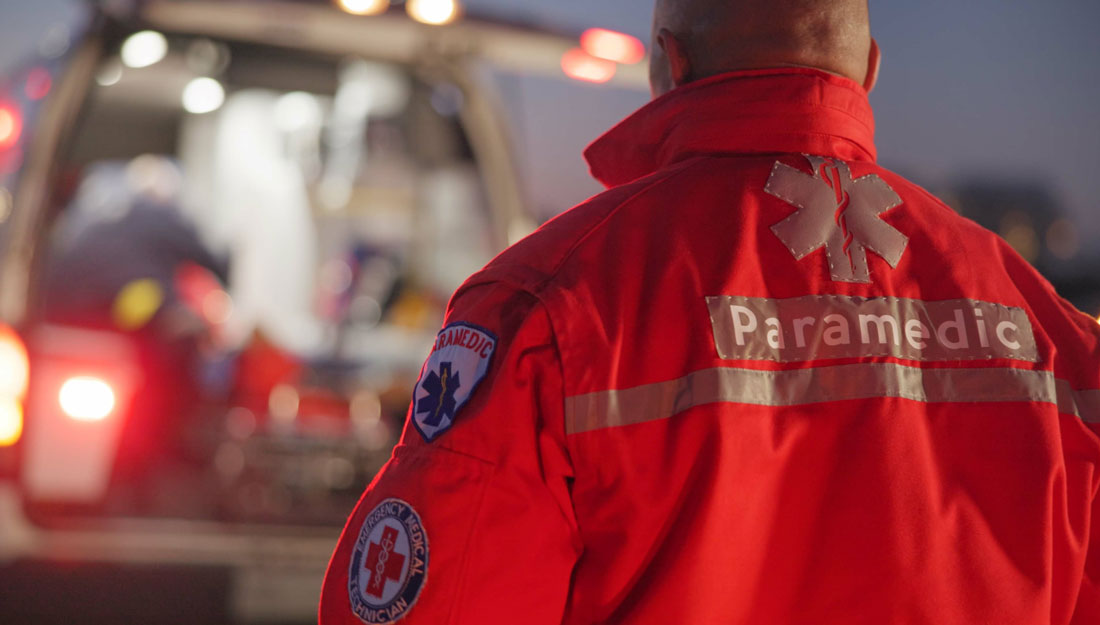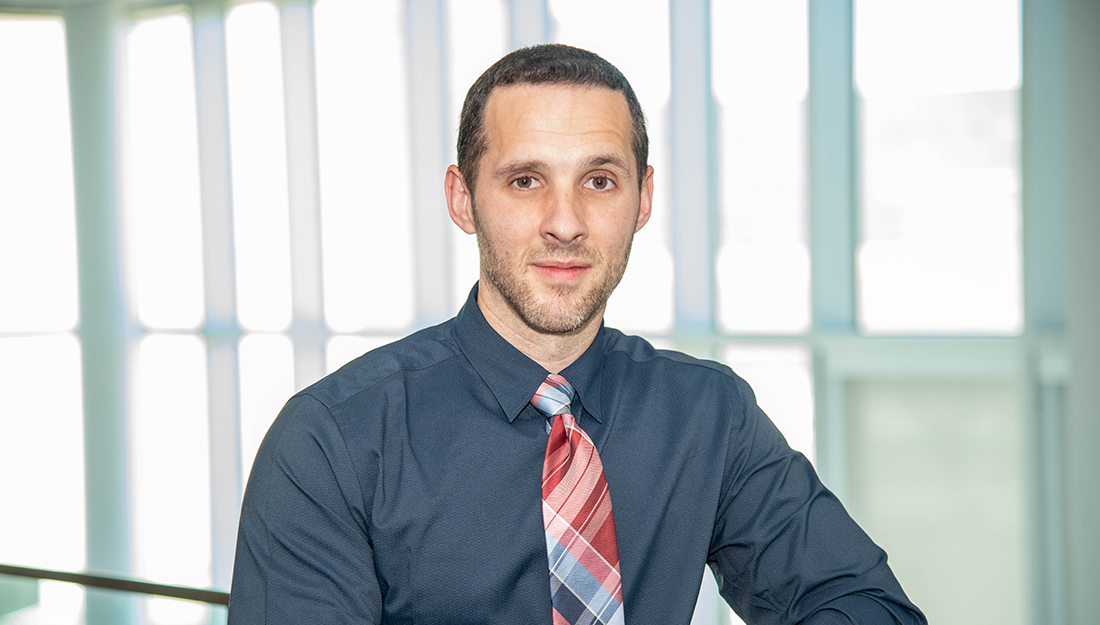Working in border cities compounds EMS workers’ physical and mental stresses, study finds

Emergency Medical Services (EMS) clinicians—highly skilled clinicians who are typically the first on the scene at medical emergencies—are known to experience significant stress related to work performed in hazardous conditions. As a result, their rates of post-traumatic stress disorder are comparable to those among combat veterans, and their suicide rates are more than double those of other professions.
Now, in the first study of its kind, researchers have analyzed the perceptions and experiences of EMS clinicians who also work in a region rife with challenges: the United States border with Mexico.
“We wanted to find out the extent to which working on the border, where there is a greater need for emergency services and also greater security emphasis, compounded these known health challenges,” said Christine Crudo Blackburn, PhD, a border health expert with the Texas A&M University School of Public Health who led the study.
She added that this also was the first study to examine the relationship between local EMS providers and federal law enforcement.
“To better understand how high levels of border crossings impact the work and health of EMS clinicians, we chose a midsize Texas city on the Rio Grande where U.S. Customs and Border Protection staff routinely apprehend large numbers of individuals entering the United States,” she said.
For their phenomenological study, Blackburn, Mayra Rico and students Jessica Hernandez and Lauren Knight from Texas A&M, along with a colleague from the University of Texas Health Science Center at Houston, conducted face-to-face, one-on-one interviews with 28 EMS clinicians on Jan. 3-4, 2024.
The participants were with the border city’s fire department, which is the city’s primary EMS. They primarily respond to 911 calls, providing the first medical care and transporting patients to local hospitals. All the participants were certified to provide basic care as emergency medical technicians or to provide more advanced medical care as paramedics.
The semi-structured interviews, which lasted an average of 30 minutes each, focused on the participants’ backgrounds, experiences with undocumented immigrants and the children of undocumented parents, relationships with Border Patrol and interactions with hospitals.
“Our main finding was that federal law enforcement’s presence in the community is the primary factor shaping the experiences and perspectives of EMS clinicians,” Blackburn said. “Border Patrol and the other relevant agencies lack the medical training to handle the needs of migrants, so this falls to local EMS, which strains the system and adds to the stress of EMS clinicians.”
The city’s EMS do not receive additional resources to cover this additional responsibility, Blackburn said. Furthermore, these federal personnel are guided by policies that have a legal—not medical or humanitarian—focus, which adds to this strain on resources and stress on the part of EMS staff.
In addition, the researchers found that the international boundary creates challenges that are not found in non-border areas. In addition to coordinating with federal personnel, these include language barriers, working with patients and ambulance services from Mexico and retrieving the bodies of deceased migrants from the Rio Grande River. The latter was found to have a disproportionate impact on the study participants, many of whom believed that a different agency should handle this task.
“The participants were adamant that providing care to migrants was important and that those apprehended at the border deserved to receive medical services,” Blackburn said. “Caring for migrants impacted them differently than caring for community members because of the profound lack of resources for the numbers involved and the more serious injuries and illnesses these migrants experience compared to community members.”
While Blackburn stressed that these findings are unique to this location only, she stated that they suggest that support and resources for EMS clinicians in similarly burdened border regions should be increased to meet present needs.
Media contact: media@tamu.edu


